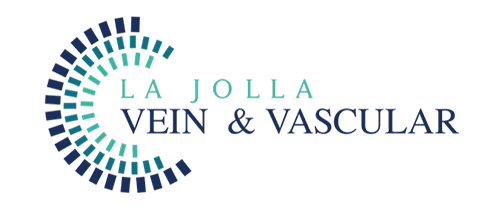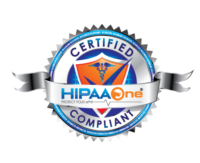What are treatment options for PVC’s?
LJVascular2023-05-24T15:39:19-07:00What are the treatment options for PVCs? Available treatment options for PVCs include pain-relieving progestin hormone drugs, ovarian function-blocking Gonadotropin-releasing hormones, vein embolization, and surgery to rid of damaged veins, uterus, and ovaries. Customarily, your doctor will start you on the medications first to relieve pain. If the medications fail, then they may […]







